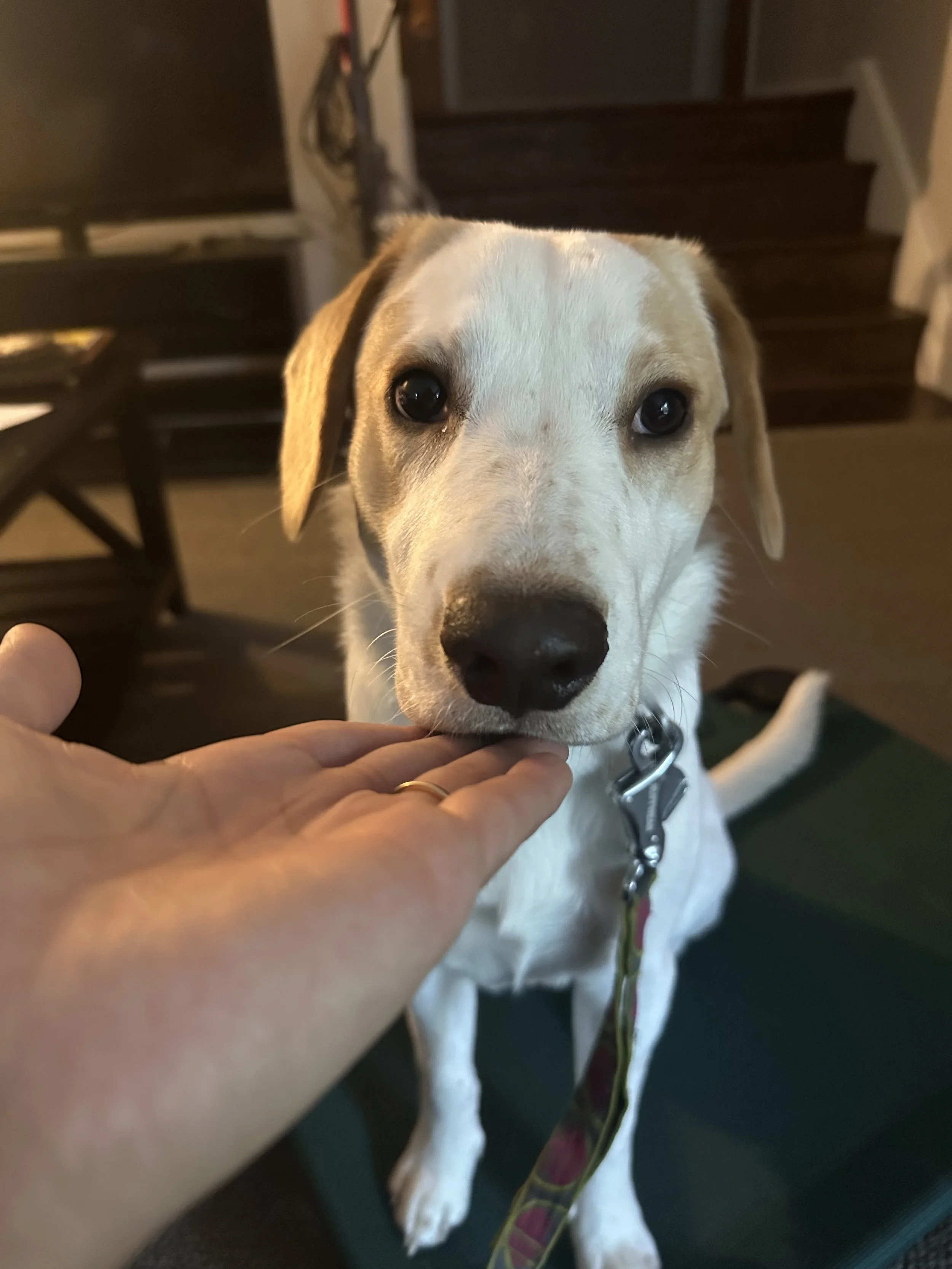As dog owners, we often look into our furry friends’ eyes and wonder what they really think of us. Are we seen as leaders, caregivers, or just providers of food? The answer is less about what we say and more about what we do.
Understanding how dogs interpret human behavior and verbal communication is essential for building a strong relationship with your animal. Here, we explore the limits of verbal communication alone and how actions speak louder than words for our canine companions.
Verbal Communication Has Its Limits
For many people, verbal communication is the primary mode of interaction with their dogs. We talk to them, give commands, and expect them to understand.
However, the reality is that dogs simply don’t process language like we do. For a puppy or a dog that’s new to you, words can seem like mere noise and are meaningless without accompanying actions.
When we rely solely on verbal cues, we risk miscommunication. A puppy, for instance, may not recognize the command “sit” if it’s not paired with the appropriate action or reinforcement. This confusion can lead to frustration for both you and your dog, preventing your pup from learning and you from building trust with them.
Your Actions Speak Louder Than Words
Action and follow-through are crucial when training your dog. Dogs are instinctual beings that rely on body language, tone, and immediate responses to interpret their environment.
When establishing a bond with your dog, especially in the early stages of your relationship, consistency and clarity through actions are paramount. With the sit example, you may have to show your dog how to sit by guiding them into a sitting position, pairing the action with the word “sit” and reinforcing their behavior with praise or a treat.
Eventually, once your dog learns to associate specific actions with your commands, you can begin to introduce verbal corrections linked to the behavior you want to modify. At this stage, your dog has developed enough trust and understanding to respond appropriately.
Tips for Establishing Trust and Consistency When Introducing Verbal Commands
Take immediate action. When you say something to your dog, ensure your actions reflect your words immediately. This immediate follow-through helps reinforce the connection between the command and the desired behavior.
Use positive reinforcement. Reward your dog with treats, praise, or playtime when they exhibit the behavior you’re looking for. This immediate correlation between action and reward fosters a positive learning environment and strengthens your bond.
Be patient. Understand that learning takes time. Especially with a new puppy or an adult dog, patience is crucial. Your actions should demonstrate understanding and empathy, showing your dog that you are a dependable and loving leader.
Prioritize consistency. Use the same verbal commands and gestures for specific actions consistently. This clarity will help your dog learn more effectively what you expect from them, reducing confusion and building a solid foundation for communication.
Learn More With Nova Pack Dog Training
Ultimately, your dog interprets you based on your actions rather than your words. The bond you create with your canine relies on non-verbal communication and the trust you build through consistent and meaningful interactions. By being mindful of how your actions resonate with your dog, you establish yourself as a reliable source of guidance and support.
If you’re looking to strengthen your bond with your dog and enhance your communication skills, let our professional dog trainers guide you through effective training techniques. Contact Nova Pack Dog Training today to start training your pup with appropriate communication!




